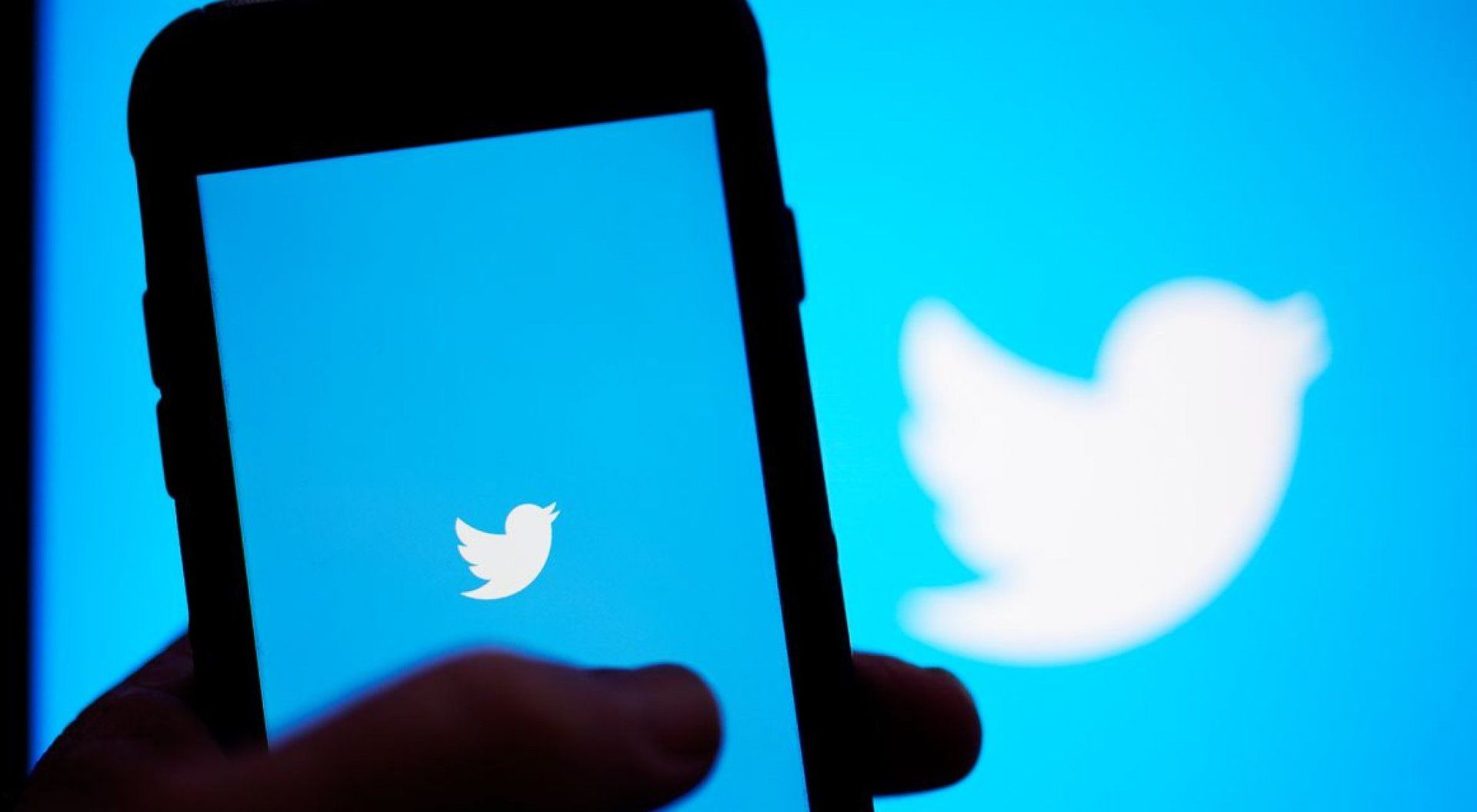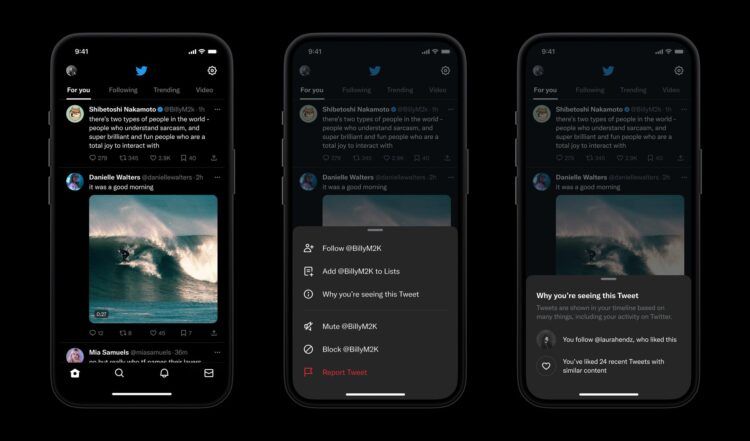Are you seeing a bunch of random tweets in your Twitter feed from accounts you don’t follow? Don’t worry, you’re not alone. Many Twitter users have expressed frustration at the new ‘For You’ feed, which seems to highlight a random assortment of tweets, including those from Elon Musk that now get maximum exposure in the app.
However, Twitter claims that all of the tweets in your ‘For You’ feed are linked back to your activity in some way, and they’re working on a new option that could help you better understand why you’re seeing them.

Twitter’s experimenting with a new option that would allow you to tap through on the three dots menu on any tweet to get to a new ‘Why you’re seeing this tweet’ element. Within that, you would get a brief overview of some of the reasons why that specific tweet is showing in your feed, including mutual follows and their activity, related interests based on your in-app actions, and more.
This option is similar to Instagram’s feature in its main feed, where it’s also been increasingly inserting more content from accounts that you don’t follow to boost engagement.
Twitter is actually one of the last platforms to join this honesty trend
This concept has been led by TikTok, which has moved away from users’ own social graphs to focus on the content itself. This approach enables TikTok to show users a broader range of popular posts, increasing engagement.
This shift has influenced other apps like Facebook and Instagram, which have seen a significant increase in user engagement by showing people more things from accounts they don’t follow. Twitter is now following suit, but user response has been mixed so far.
One challenge for Twitter in this regard is that it’s a key source of real-time news and updates, and the system can’t know if a tweet is popular until at least an hour or so behind time. This means that your ‘For You’ feed is increasingly being populated with older tweets, which runs counter to the app’s strength.

However, the increase in user engagement suggests that the recommendations are working, at least to some extent. By providing more context as to why you’re seeing each update in-stream, Twitter hopes to make users more comfortable and engaged in what’s there.
The new ‘Why you’re seeing this’ option is not in official testing yet, but initial mock-ups have been shared by Twitter designer Andrea Conway. While some users may prefer the previous chronological feed, it’s important to remember that social media apps are always evolving, and algorithm-driven feeds are likely here to stay. It’s up to the individual user to decide whether they want to embrace the change or not.
Check out Andrea’s tweet on the newest Twitter feature design below.
hoping to keep some context around why you see the tweets you do on twitter pic.twitter.com/UrM4O1rGpA
— Andrea Conway (@ehikian) March 13, 2023
An act of transparency
Transparency is essential for social media platforms to maintain user trust and engagement. When users don’t know why they’re seeing certain content in their feeds, they may become frustrated or lose interest in using the platform. By providing more context and transparency around content recommendations, platforms like Twitter can build trust with their users and improve engagement.
Users want to know that the content they see is relevant to their interests and actions on the platform. When they feel like the content is randomly selected or influenced by hidden algorithms, they may be less likely to engage with it. By giving users more information about why they’re seeing certain content, platforms can increase user engagement and satisfaction.

Transparency is also important for addressing concerns around the spread of misinformation and harmful content just like the TikTok algorithm’s promotion of Billie Eilish’s NSFW deep fake. By providing clear explanations of why certain content is being recommended, platforms can better address concerns around the spread of fake news, conspiracy theories, and other harmful content. This can help users make more informed decisions about the content they consume and share on the platform.





